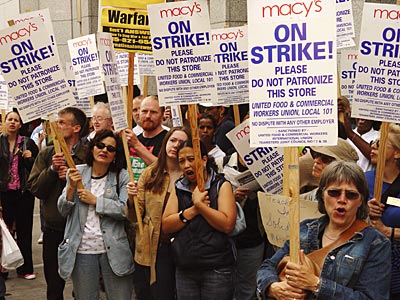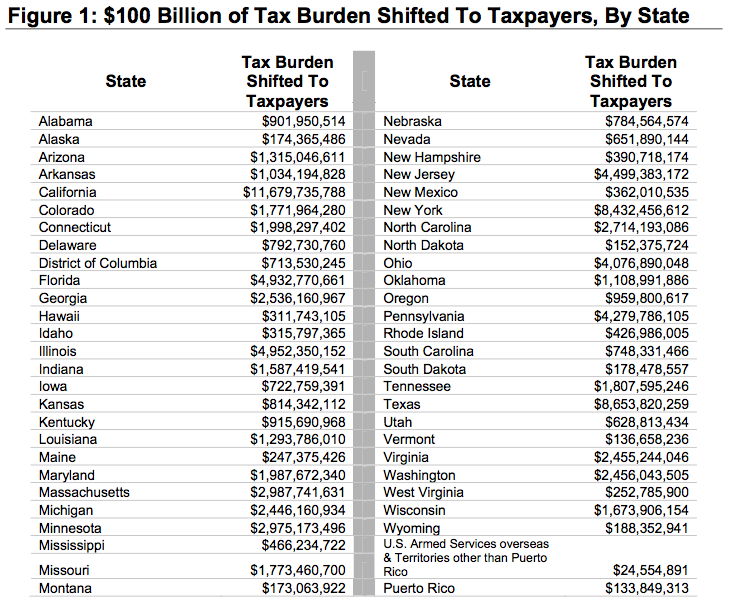 taxes:
taxes: there are two types of taxes:
-Direct: collected directly
* every month: part of the salary
* income tax deturn: once a year
- Indirect: collected indirectly
*trough value-Added tax(VAT)
*special taxes:tobacco,alcohol,petrol
to finance the healthcare system.
tax envaders: they hide their incomes in tax havens.
tax havens: places where the state doesn't collect taxes
with lots of banks that are specialists in hiding money
equity policies: policies to promote equity
positive descrimination(u.k) and affirmative action(usa):
it consists in favouring people who are discrimnated normally in
order than they can get better jobs and receive fair saliaries.
Sometines governments give subsides to the enterprises that hire
discriminated people. Other times they established by law that discriminated groups have to be
febray shed.
glass ceiling(techo de cristal): invisible barnier that prevent women to get the highest posts in the enter prises
or in the administration.
strikes: last resort for workers.
*slow-sown strike: working alower
*work-to-rule strike: following the rules stricktly
*"japanese" strike: to work more and produce more in order to create stocks
and losses for the company
*normal strike: not going to work
scab=blackleg: workers who got work when the majority are on strike.
Image source:
http://www.justinperry.net/justinsblog?Load=Comments&PostID=43025








































